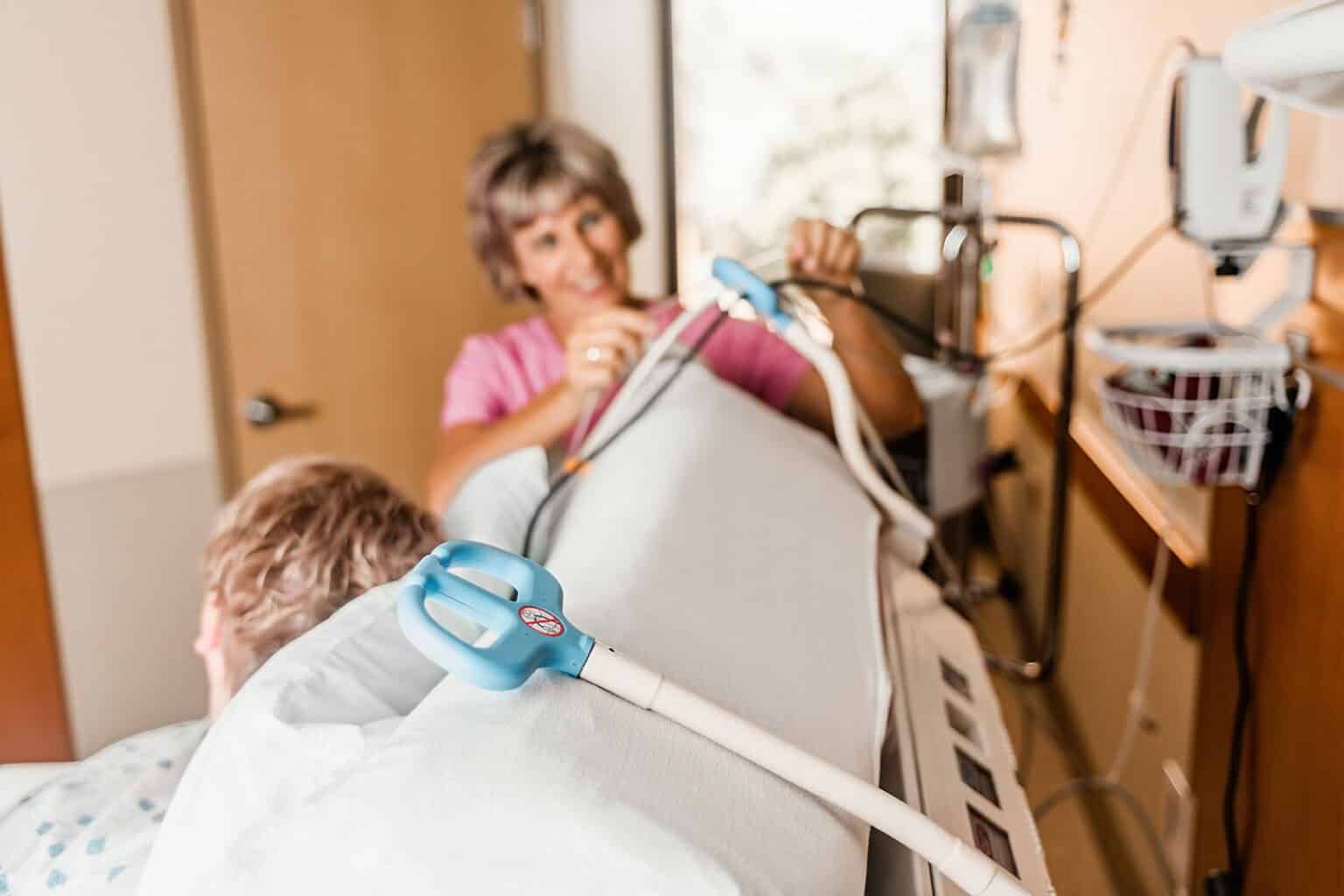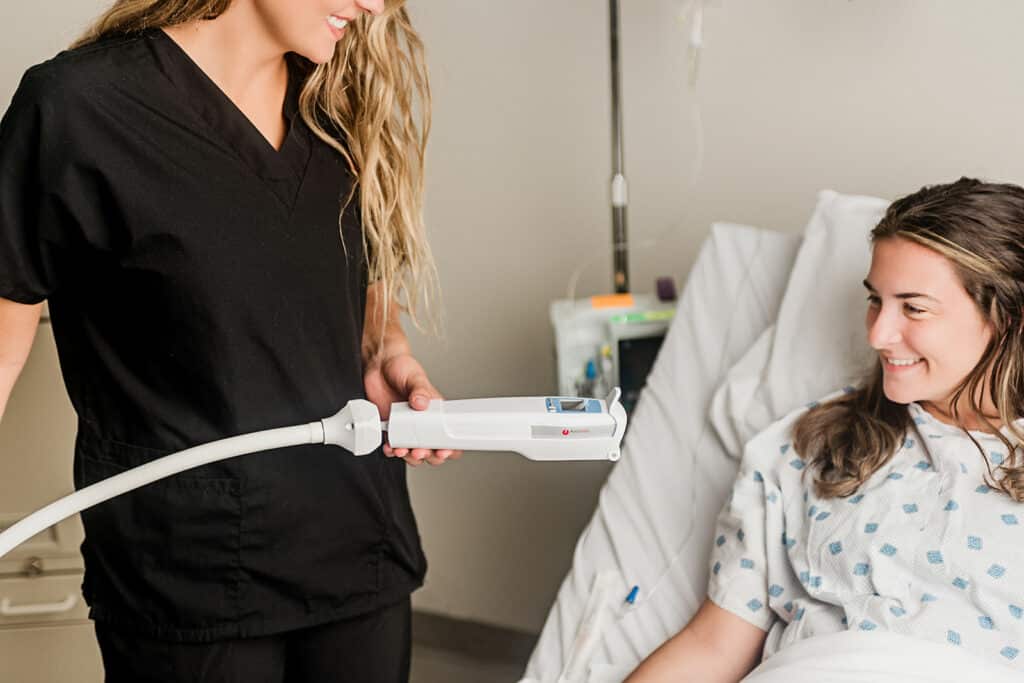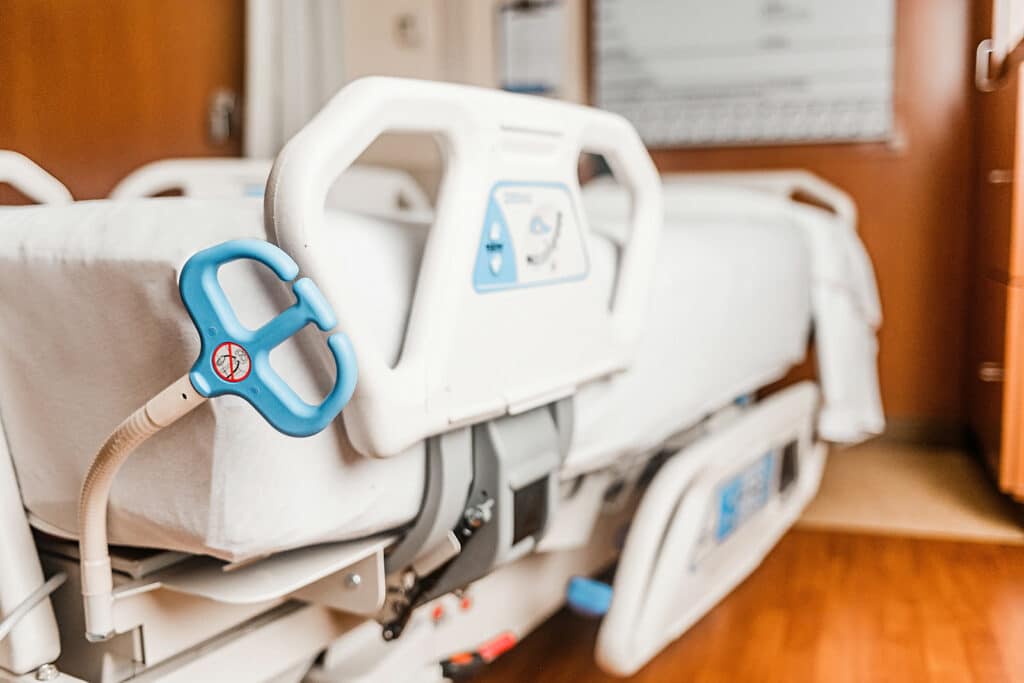How to navigate cable management on a mounted medical device

Share:
Your medical device needs to accomplish many disparate tasks at once – it needs to hold cutting-edge technology, be easy to use, and look professional. That’s why, even if it might not be the first thing on your design list, managing cords is an essential part of the development process of any mounted medical device.
Let’s take a look at how we’ve helped some of our customers create cable management systems for their mounted medical devices.
Give your device a good first impression

Aesthetics are extremely important for a medical device. Sure, we all love Star Wars – but the look of frayed wires and run-down parts doesn’t exactly inspire confidence here or in a galaxy far, far away. Instead, we’re looking for an aesthetic closer to Star Trek. Clean, sterile, with minimal obtrusions to get in the way.
This aesthetic is important to medical device manufacturers because of the crowded nature of the industry. Your device needs to make a good first impression, and unfortunately, that can be lost if your device looks clunky or unsecured.
Options like wire harnesses and velcro just don’t cut it anymore. They’re clunky and not easy to clean. On the other hand, anyone who sees their product supported by a flex arm is almost immediately struck by how clean the designs are. In fact, they probably won’t even notice the flex arm because their attention and focus will be on the product itself – not the component holding it in place.
If your end user isn’t noticing the flex arm because of the design? Well, let’s just say that’s a win for us.
Cable management helps the end user

Remember aux cables? The twisty cords that would help you play your CD player or MP3 device in your car? It was always a mess and only a matter of time before it wouldn’t work, thanks to the cable being twisted or damaged. Now imagine that same thing in the fast-paced world of medicine. That’s not a good mix.
When you have internal cable management, it allows your users to use your device as seamlessly and streamlined as possible. You reduce the risk a cable can be twisted or damaged, and it won’t have the damage of getting snared on a person or object. It might not seem like a big deal, but trust us – it is. No one wants to use a device that they’re afraid they might break.
There are two ways of dealing with cable management for a medical device
We focus on two solutions with our clients for helping them deal with cable management. The first, we’ve created stand alone cable management devices (like our Hillrom arm, that attaches to a hospital bed). The second is that we’ve been able to design internal cable management as a component of our flex arms. Let’s go through both, starting with the latter.
Internal cable management for flex arm medical devices
We started as a task lighting company, mounting a desk lamp on machinery. As such, we’ve been dealing with various internal cable management systems for as long as we’ve been a company. We can insert power cables of various sizes and fiber optic cables that can pass along the inside of the arm.
As ethernet cables have become more ubiquitous, we’ve also adapted to allow these to pass through a flex arm. This allows for a single cable to pass power AND data through the same cable. When needed, we’ve also been able to bring two separate cables for one arm – though these must be very small since there can be space limitations inside a flex arm.
External cable management for bedside devices

One of our more popular Hillrom products was specifically designed for cable management. We’ve created flex arms with an end fitting that allows several different kinds of cables to be placed safely from the way of patient and hospital staff, with the same easy-to-adjust movements as our other flex arm devices.
Do you have a device that could use a flex arm? Do you have questions about cable management? We’re here to help. Let’s start a conversation and see where those ideas take us. We’re ready and excited to help.
